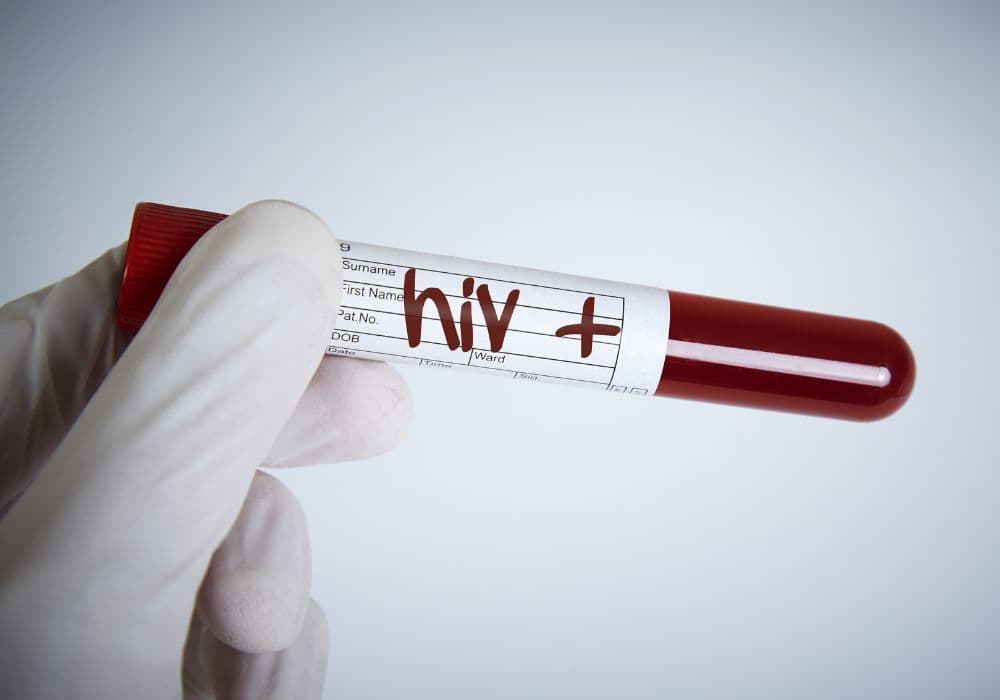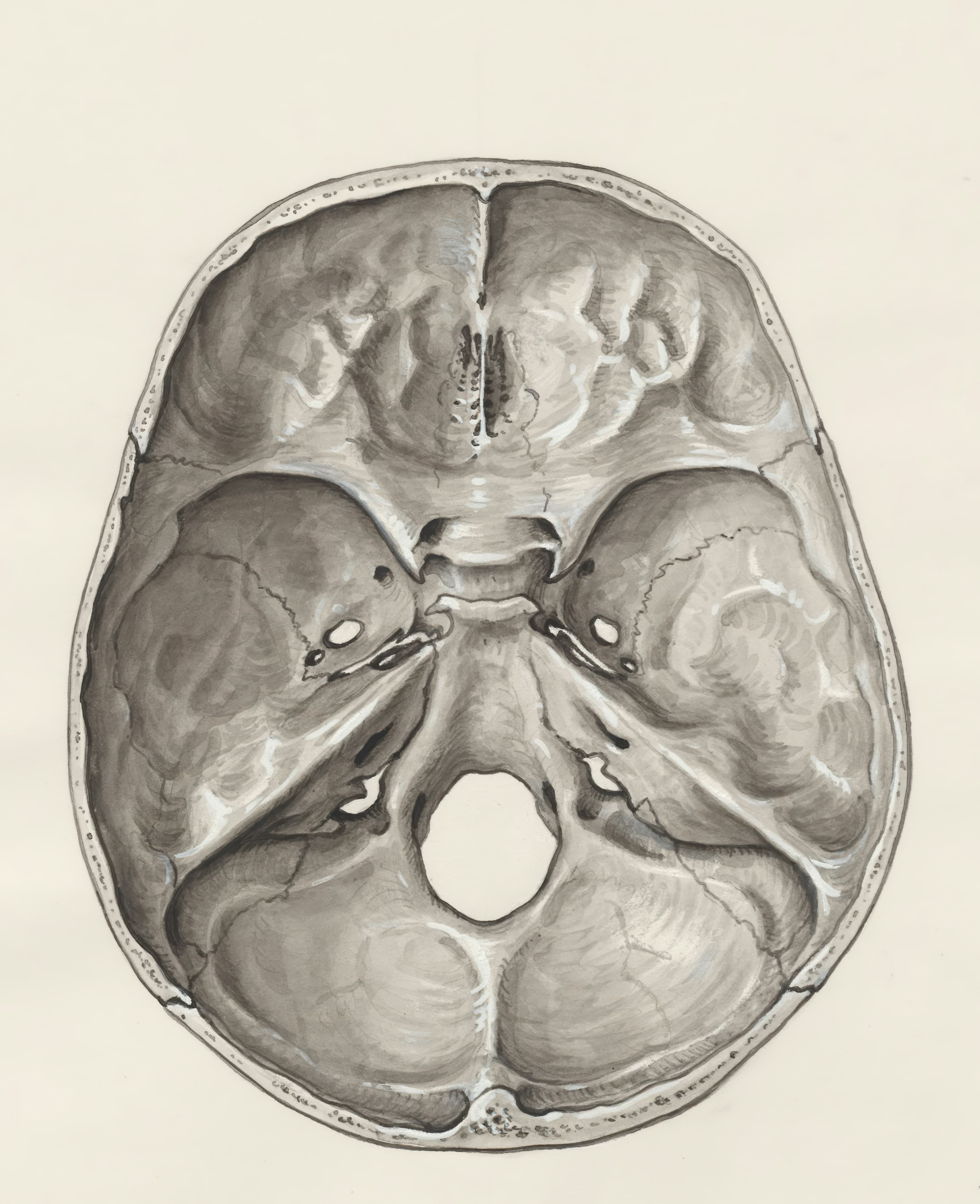Gender Differences in Presentation
Gender differences in presentation refer to the ways in which individuals of different genders communicate, behave, and present themselves. Research has shown that men and women often have distinct styles of presenting information and conducting themselves in professional and social settings. For example, men are more likely to use direct and assertive language, while women tend to use more collaborative and nurturing language. This can impact the way they are perceived by others and may affect their effectiveness in various situations. Additionally, differences in body language, tone of voice, and overall communication style can also vary between genders. Understanding and being aware of these differences can be important in effectively communicating and interacting with individuals of different genders. By recognizing and respecting these differences, individuals can work towards creating more inclusive and understanding environments in both professional and personal settings. Overall, acknowledging and embracing gender differences in presentation can lead to improved communication and relationships between individuals of different genders.
Symptoms Specific to Men
Men with HIV may experience symptoms such as erectile dysfunction, muscle weakness, and decreased libido. However, men may not show any symptoms until later stages of the disease.
Symptoms Unique to Women
Women, on the other hand, may experience menstrual irregularities, yeast infections, and pelvic inflammatory disease. Proper care and attention to women's unique symptoms are essential for early diagnosis and treatment.





